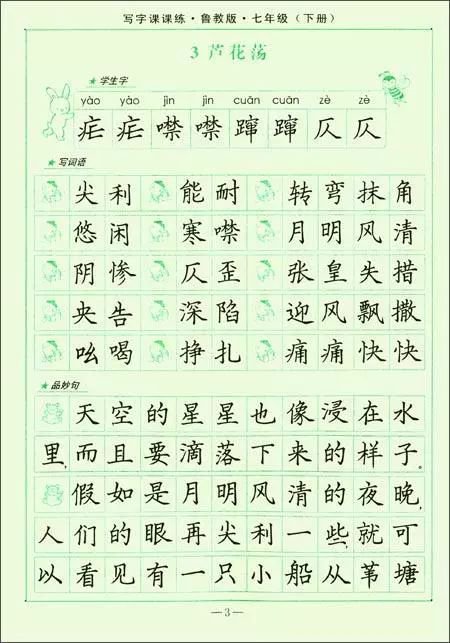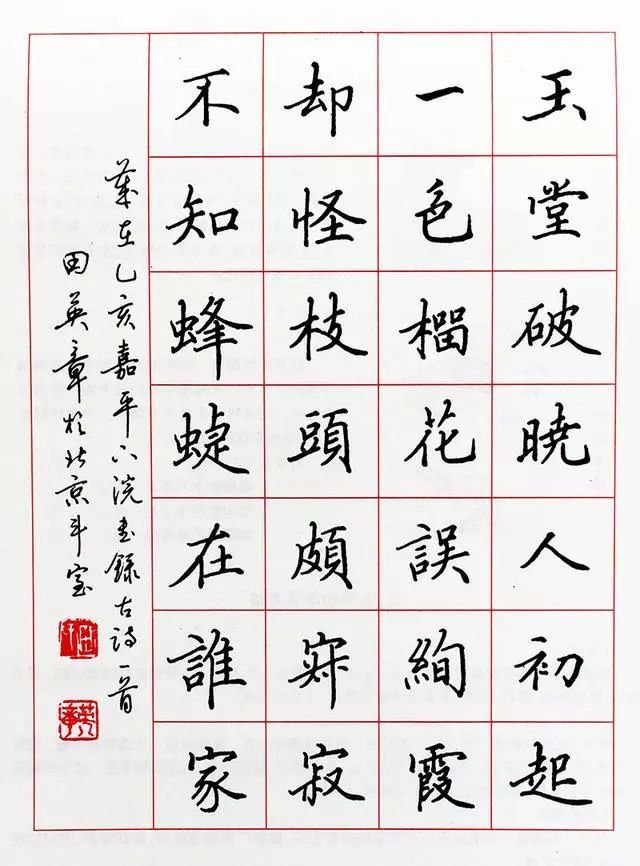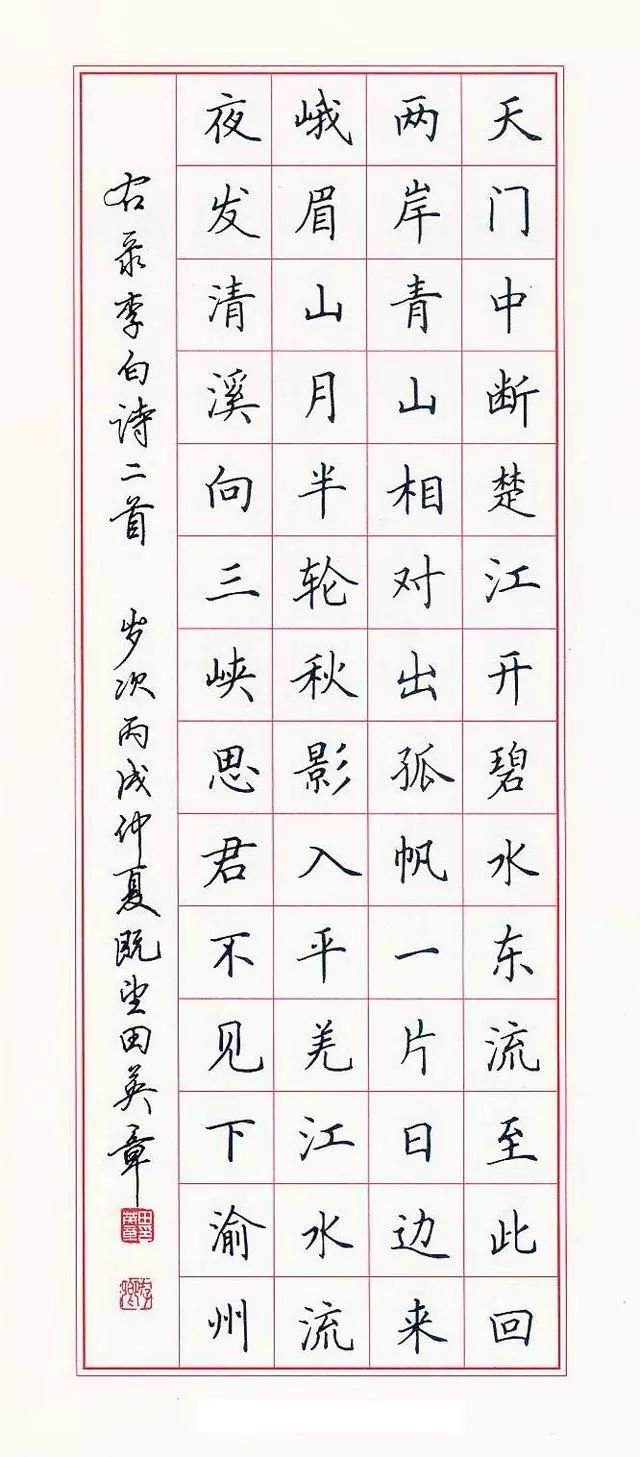1. When practicing calligraphy, you must first practice regular script. After practicing regular script to a certain level, you can then practice other fonts such as Xingkai.
2. Use a copybook with explanations. First practice writing radicals for a fixed period of time, usually a few months. Then practice writing whole characters without radicals and whole characters with each radical. Practice writing for at least one year. about. Generally speaking, you should practice writing characters within 16 strokes first. Remember: words with too few strokes (less than 3 strokes) and too many strokes (more than 17 strokes) are difficult to write. Practice simplified Chinese characters first, and then practice traditional Chinese characters after you have mastered simplified Chinese characters.

3. Use a hard-cover notebook (it is better to use a pen to keep the paper from getting wet), and use a pencil to draw vertical lines. The writing size is preferably 1.2-1.5 centimeters. If the writing is too small, you will not be able to practice writing. If the writing is too large, just start writing. I can't write well.

4. The sitting posture must be correct when practicing calligraphy.
5. Use a pen (advantage: there is a pen peak, forcing you not to write typos or lost words) or pencil (advantage: typos, lost words, or poorly written words can be changed when found). When practicing calligraphy, do not use ballpoint pens or rollerball pens to write in block letters (1. There is no sharp edge; 2. The oil (water) is released too quickly; 3.
, it is also easier to practice calligraphy and write faster and faster).
6. Hold the pen correctly. The thumb and index finger should be aligned, about 2.5 cm away from the tip of the pen.
7. It is required to write 50-60 words every day (people with patience can practice writing more words, but a certain number should be maintained every day). It is best not to write more, less, or less every day when you first start practicing calligraphy. Write. Every time you write a word, you must first carefully read how the word is written on the copybook. Do not insert the pen upside down when writing, and do not read one word at a time. After reading the copybook, write down one word at a time independently, and then Compare it with the copybook to find faults, then look at it and write the next word. The speed cannot be as fast as the picture. In addition, if you think you are not good at writing characters, you must practice writing them more until you are satisfied with them. After practicing for a period of time (usually not less than a month), you can take a few days off. During these days, look at the copybooks, the calligraphy you have practiced, and how the calligraphers wrote. Only by comparison can you know your shortcomings. at.

8. After practicing for a period of time, you should use another piece of paper (where there are grids and signatures, write the year, month and day) to produce a work. The work can be copied poems, couplets of articles on the copybook, or you can create your own poems, etc. You can also show it to family and friends, especially hard-pen calligraphy enthusiasts, and let them make a correct evaluation (preferably someone who knows your past writing or someone who loves calligraphy).
9. After finishing the first book, use the second one. The first book must be retained. When writing the second book, always compare it with the words written in the first book. Only by comparison can you know your progress. As long as you make progress. , your confidence will be greatly increased. When people praise your handwriting with words of praise, when you can’t help but praise that your handwriting is indeed very good, and when you want to read more and write more words every day , you are already on the other side of success.
Calligraphy practice questions are published by 15 Calligraphy Practice Network. Please indicate when reprinting:https://www.seowhy15.com/a/473.html








